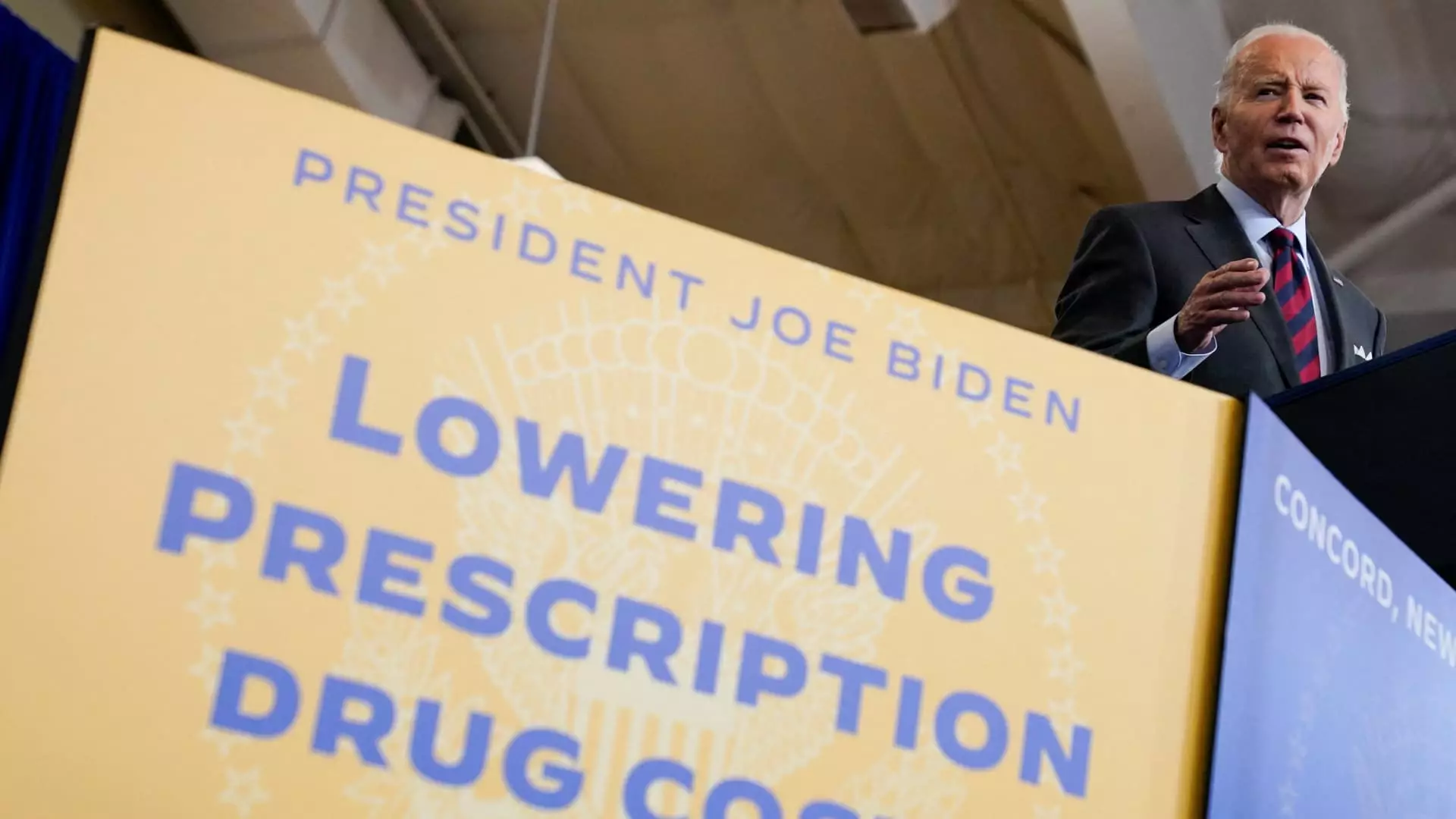The Biden administration has recently taken a significant step forward in redefining the landscape of prescription drug pricing for Medicare participants. By announcing 15 additional medications that will enter a new round of price negotiations, the administration aims to alleviate the financial burden many seniors face regarding high healthcare costs. This initiative is part of a broader strategy stemming from the Inflation Reduction Act, which empowers Medicare to directly engage with manufacturers, marking a historic shift in how prescriptions are priced in a system that has long allowed pharmaceutical companies to set exorbitant rates unchallenged.
Among the list of drugs selected for negotiations, Novo Nordisk’s well-known treatments stand out. The diabetes injection Ozempic, alongside the weight loss medication Wegovy and the diabetes pill Rybelsus, have garnered widespread attention due to their shared active ingredient, semaglutide. These medications have not only revolutionized the treatment of diabetes but have also spurred a burgeoning market focused on obesity management. Unfortunately, their high prices have often relegated these life-enhancing therapies beyond the reach of many patients, leaving them to grapple with challenges surrounding affordability, insurance coverage, and ongoing supply issues.
The second phase of negotiations will affect drugs that encompass a diverse range of medical conditions, including chronic obstructive pulmonary disease (COPD), various types of cancers, and gastrointestinal disorders. Industry titans such as GSK, Pfizer, and AbbVie lend their products, which have emerged as essential therapies but are often financially prohibitive for those in need.
The negotiation process for these selected pharmaceuticals is set to unfold over the coming months, with the expected changes in price taking effect in 2027. Medicare’s authority to negotiate represents a revolutionary development within the program, having been a topic of heated debate among lawmakers and consumer advocates for years. Over 5 million individuals enrolled in Medicare Part D currently rely on the drugs targeted in this round of negotiations, which together account for a staggering $41 billion, or 14% of total prescription drug spending in the program.
One key aspect of this negotiation process is its regulated framework. The initial offers made by Medicare will be informed by various data points, including sales volumes and the extent of federal contributions to drug development. This level of scrutiny aims to ensure that negotiations are not only transparent but also beneficial for the patient community, rather than disproportionately favoring pharmaceutical companies.
The implications of reducing drug prices cannot be overstated. By making medications more accessible, millions of older Americans stand to benefit significantly. A report from the Department of Health and Human Services suggests that projected savings from the first ten drugs undergoing negotiation will yield around $1.5 billion in out-of-pocket reductions for Medicare enrollees by 2026. In total, the program anticipates realizing $6 billion in projected savings for the Medicare program that year. This realization fosters an optimistic environment where seniors may feel empowered to seek necessary treatments without the dread of insurmountable costs.
Nevertheless, the negotiation strategy has not been without opposition. The pharmaceutical industry has tentatively resisted these developments due to concerns regarding revenue implications and possible negative impacts on innovation. Speculation surrounds the potential changes in congressional leadership which might influence the direction of future policies, raising questions about whether newly elected officials might seek to rollback these initiatives.
Pharmaceutical companies face a significant decision by February 28: participate in negotiations or risk facing punitive consequences, including an excise tax that could spike to 95% of the drug’s U.S. sales. This pressure places additional importance on the negotiations and underscores the shifting dynamics in the health policy sphere as both pharmaceutical companies and the government navigate their competing interests.
The recent announcement by the Biden administration serves as a pivotal moment for both Medicare beneficiaries and the broader healthcare system. As negotiations progress, the outcomes will likely pave the way for a future in which life-saving medications become more affordable and accessible, ultimately redefining the patient experience in America. By empowering Medicare to negotiate prices, this initiative embodies a fundamental shift toward taking the healthcare system off the proverbial leash of unchecked pricing, thus prioritizing patient welfare over pharmaceutical profitability. As we observe how this paradigm shifts, one cannot help but hope for an enduring impact that fosters equity in healthcare access for all.

